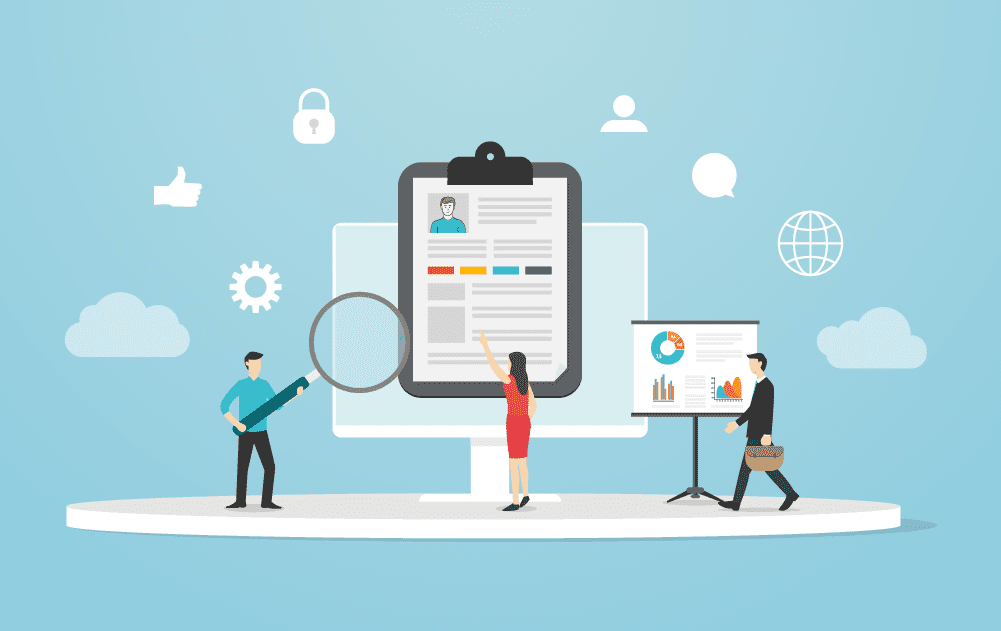When you take your car to the mechanic, what’s one of the first things they do? They check under the hood. Because just looking at a car from the outside doesn’t give enough information to diagnose an issue or improve your car’s performance.
Let’s switch gears. Think about your contact center.
Looking at your day-to-day operations from the outside, it might look like things are peachy keen. Phones are getting answered. Agents are generally content. But what’s happening under the hood?
Like a car mechanic, it’s your job as a manager to peel back the layers to see what’s really going on in your contact center. Are your operations running smoothly? Are you meeting KPIs? Are your customers happy and satisfied?
Up to 85% of consumers say their experience is more important than a brand’s product or services. That’s why companies are investing in customer experience analytics.
Another report found that 72% of companies think they can use analytics to improve the customer experience. As they should. CX analytics give you insights into every nook and cranny of your contact center. This allows you to diagnose problems, improve performance, and give your operations some love.
What are Customer Experience Analytics?
Customer experience analytics collect and analyze customer data. The goal is to understand customer needs, viewpoints, and experiences with your brand across every touchpoint in the customer journey.
These analytics pull data from a wide range of sources.
- Call recordings and transcripts reveal patterns, customer sentiment, and areas of improvement.
- Customer feedback surveys offer direct insights into customer satisfaction and reveal gaps in your CX.
- Social media and online reviews help gauge public sentiment and identify common issues and praises.
- Web and mobile app interactions highlight how customers engage with your services.
- CRM data accounts for customer history and preferences.
By collecting data across the customer journey, customer experience analytics provide a holistic view of your customers. These insights and trends help you address process gaps, improve communication, and enhance loyalty and engagement.
What are the Benefits of Tracking Customer Experience Analytics?
Customer experience analytics help you:
- Delight customers. CX analytics can reveal what your customers want and need. By understanding customer pain points and preferences, you can delight customers and tailor your services to give them the best care (and boost your CSAT, too).
- Improve efficiency. Customer experience analytics help you deep dive into your operations to find issues. You can determine your inefficiencies and then fix them. CX analytics can also help you streamline operations, reduce wait times, and improve efficiency.
- Address churn. Don’t let customers get away. Discover and address their core frustrations and problems with the customer journey. Then, pinpoint those issues to prevent customer dissatisfaction and reduce churn rates.
What Customer Experience Analytics Reveal About Your Ops
Customer experience analytics provide insights that can transform your contact center operations. Here are some of the key things they reveal about your ops.
1. How Your Customers Feel About You
Customer experience analytics measure customer sentiment through feedback and interaction data. The result? You ditch the guessing game and find out how customers feel about you. This means you can understand the “why” behind your CSAT scores and identify areas of improvement to enhance customer loyalty.
2. Gaps in the Customer Journey
Even one gap in the customer journey can lead to dissatisfaction, bad reviews, and churn. Customer experience analytics can locate these gaps. Map out your customer journey and use analytics to pinpoint areas where customers encounter obstacles or frustrations. Then, streamline your processes and improve the overall experience to ensure a smooth journey from start to finish.
3. Where Agents Need Support and Training
CX analytics don’t just reveal gaps in your customer journey. They can also highlight where your agents need support. Find out where they may need more training or support. Then, build training programs, targeted plans, and knowledge bases to address the skills gaps.
4. Which KPIs You Should Focus On
Not every contact center has the same strengths and weaknesses. Because of this, you should determine which goals and KPIs impact your contact center’s success. Using analytics, you can focus on the right KPIs, like average handle time (AHT) and first call resolution (FCR). This helps improve efficiency and customer satisfaction.
Check out these 15 metrics you should be tracking.
5. Ways to Boost Personalization
Customer experience analytics provide insights into customer preferences and behaviors. With this info, you and your agents can personalize interactions. Use historical data to anticipate customer needs and offer tailored recommendations. You can also include personalized details to make the customer feel seen and special.
6. Which Channels are Most Effective
Analytics can track the effectiveness of each communication channel so you can see which ones are best for resolving customer inquiries. Then, you can understand why your customers like one channel more than another and allocate resources for better support.
7. Where You Can Cross-Sell and Upsell
Customers want you to be a trusted advisor — a partner. Customer experience analytics give you data so you can recommend additional features or services tailored to each customer’s needs. By analyzing purchase histories and behavior, agents and sales reps can find cross-selling and upselling opportunities to increase revenue while enhancing the customer experience.
8. Where You Can Manage Costs
Customer experience analytics provide detailed insights into your cost efficiency. Find areas where expenses can be reduced without compromising service quality and see where you might be hemorrhaging resources. Then, use this data to allocate resources and manage your budget while maintaining your SLAs.
9. How You Can Be Proactive
CX analytics help you react with poise, but they also enable you to be more proactive. You can anticipate problems before they escalate by identifying recurring issues and trends. Then, you can implement proactive measures or outreach to prevent issues, improve efficiency, and show your commitment to customer satisfaction.












